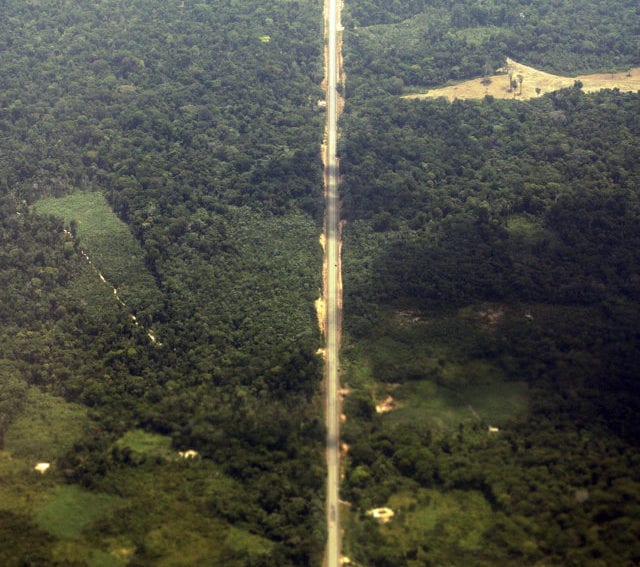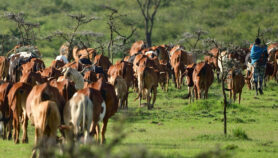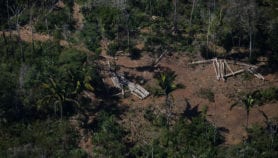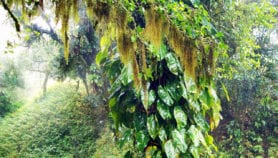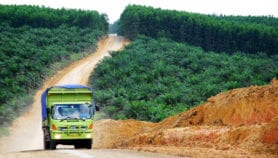Send to a friend
The details you provide on this page will not be used to send unsolicited email, and will not be sold to a 3rd party. See privacy policy.
[SAO PAULO] The Amazon rainforest is losing its capacity to absorb carbon dioxide (CO2) from the atmosphere, raising concerns about how the forest will respond to future climate and atmospheric changes, according to a study in Nature.
The study, published on 18 March, found that net uptake of CO2 by the Amazon forest has dropped from two billion tonnes a year in the 1990s to about half that today. This means the forest now sequesters less CO2 than is produced in Latin America, which emits more than a billion tonnes a year.
“The Amazon has been responsible for 20 per cent of the terrestrial carbon sink.”
Roel Brienen, University of Leeds
The authors say the drop in net uptake might be due to the fact that the growing atmospheric CO2 level causes tree death, which has risen by more than a third since the 1980s.
Conventional climate models predict that tropical forests will remain important carbon ‘sinks’ by absorbing large amounts of carbon dioxide in the future. This was thought to be due to a process called CO2 fertilisation, where a higher atmospheric concentration of the gas stimulates plant growth that removes more carbon from the atmosphere.
But once trees start growing faster, they are likely to face fiercer competition for space, water and nutrients, triggering a scenario in which many trees die younger.
The study is based on analysis of the birth, growth and death rates of 200,000 trees in 321 forest plots dotted across eight South American countries. “The Amazon has been responsible for 20 per cent of the terrestrial carbon sink,” Roel Brienen, a geographer at the University of Leeds in the United Kingdom, and one of the authors of the study, tells SciDev.Net. “If this ability shuts down, growth rates of atmospheric CO2 may go up faster.
“If other forests show the same trend, and if the trends continue, then the Earth’s [sequestration] ability could go down and even deeper cuts in emissions would be required.”
The Amazon rainforest contains more than 15,000 tree species, which store a fifth of all carbon in the Earth’s biomass. The total annual carbon cycle of the Amazon – both emission and sequestration – is 18 billion tonnes, more than double the amount emitted globally from burning fossil fuels, the paper says.
For Erika Berenguer, a Brazilian environmental researcher working at Lancaster University, United Kingdom, the study raises important questions about the future of the Amazon and the planet. “The study’s results are worrying because without the carbon uptake by forests, the effects of climate change may be worse than originally thought,” she tells SciDev.Net.
Better forest management and a slowdown in deforestation could help cut emissions, according to the UN’s Food and Agriculture Organization. But monthly deforestation estimates from Brazilian research institute Imazon show that the deforestation nearly tripled between 2013 and 2014.
“The Brazilian government should escalate command-and-control operations in order to avoid an upsurge in forest loss,” says Berenguer.


